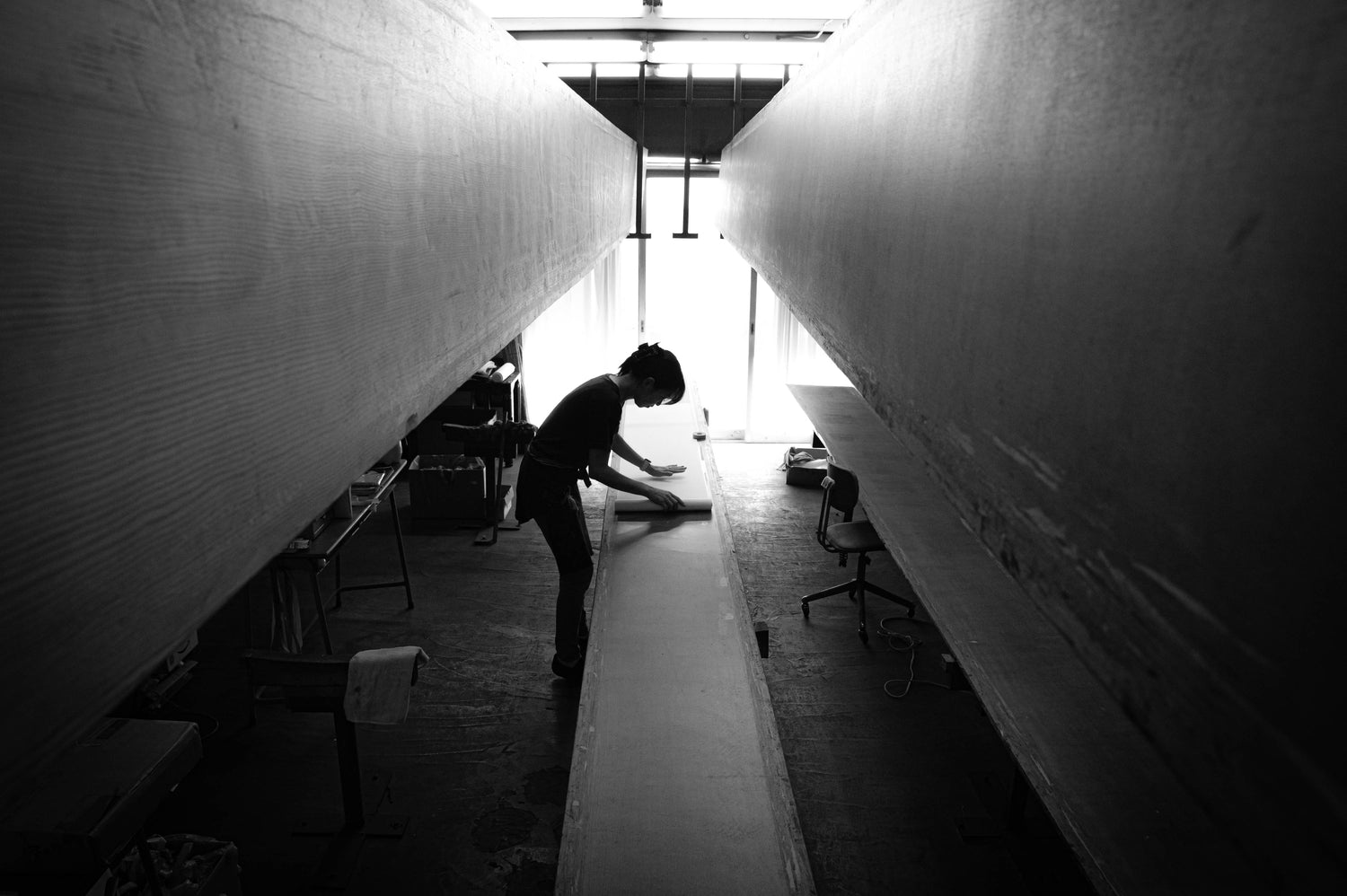
Each kimono is basically a one-of-a-kind masterpiece.
Paintings, weaving, embroidery, and color palettes are individually created for each kimono by a kimono artist. It’s an art piece on the first place and a piece of clothes after that.
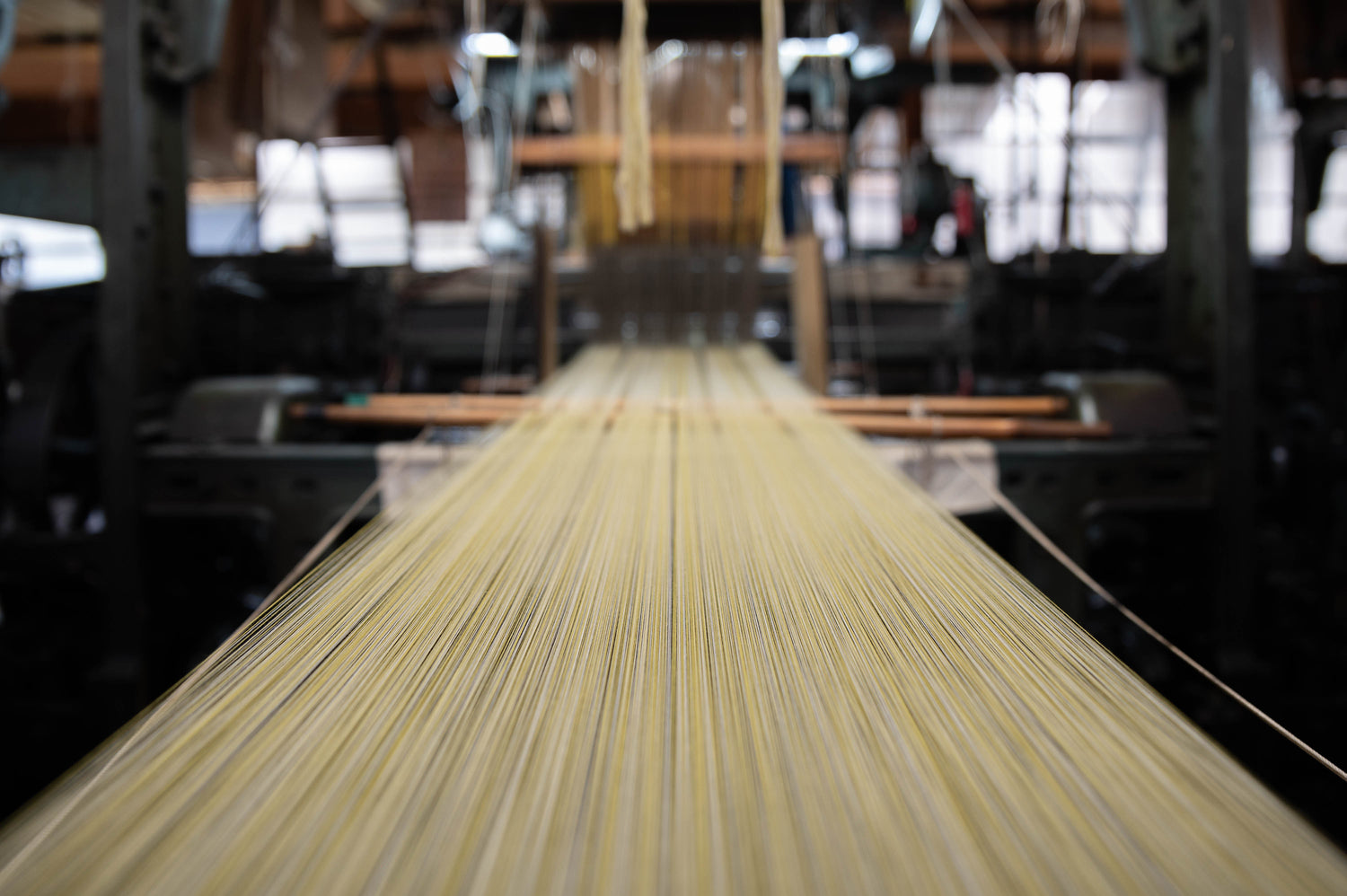
Kimono is a very ethical and sustainable thing.
Kimono is made from one single 1200x36cm piece of fabric, which is cut in particular way to create kimono with almost zero leftovers. The size can be adjusted easily even without unpicking, so it is a tradition to pass it to next generations.
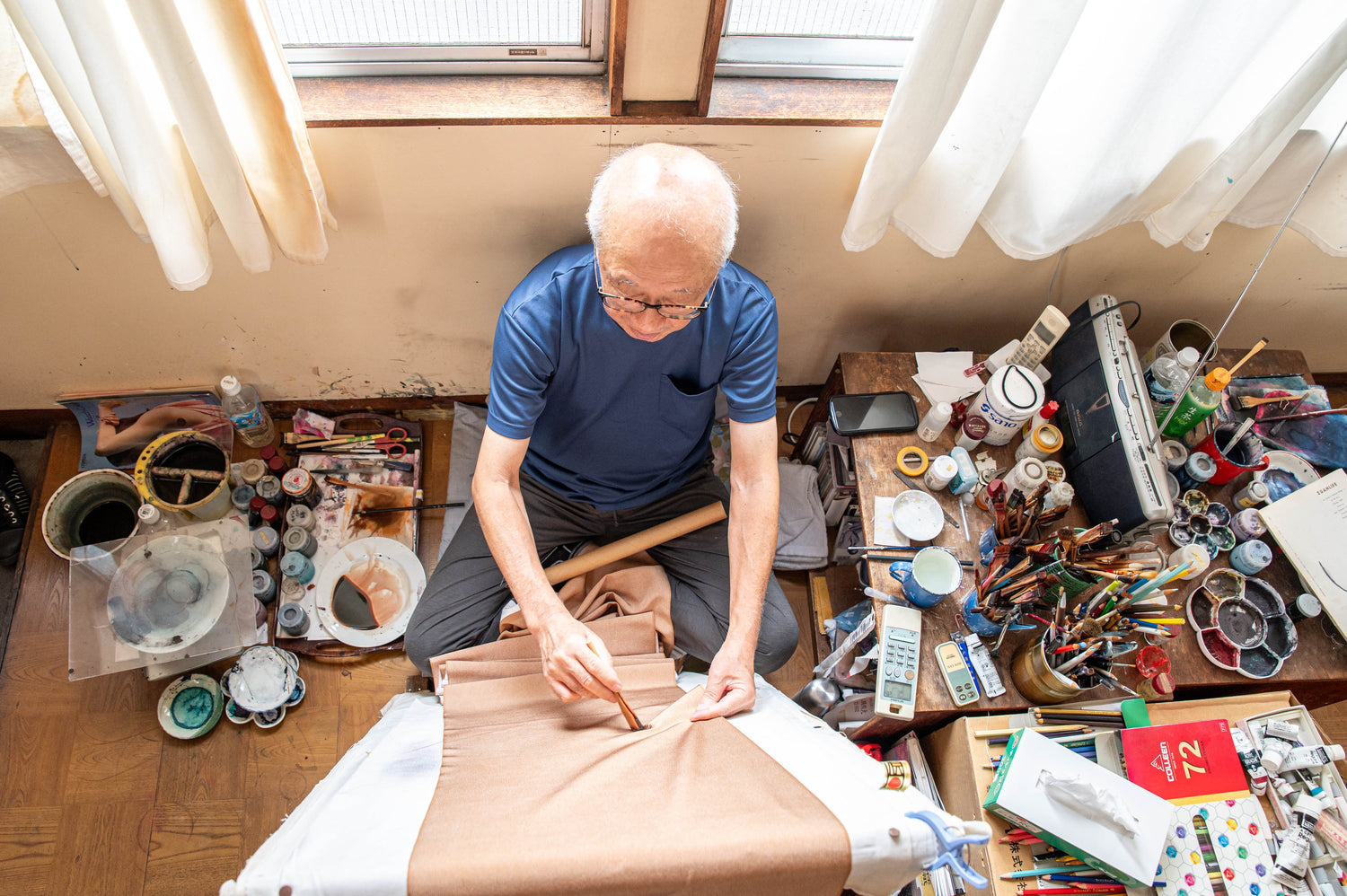
Kimono is Work of Art.
Kimono are considered works of art, with highly skilled artisans creating intricate patterns and designs. Some kimono are so valuable and historically significant that they are preserved in museums.
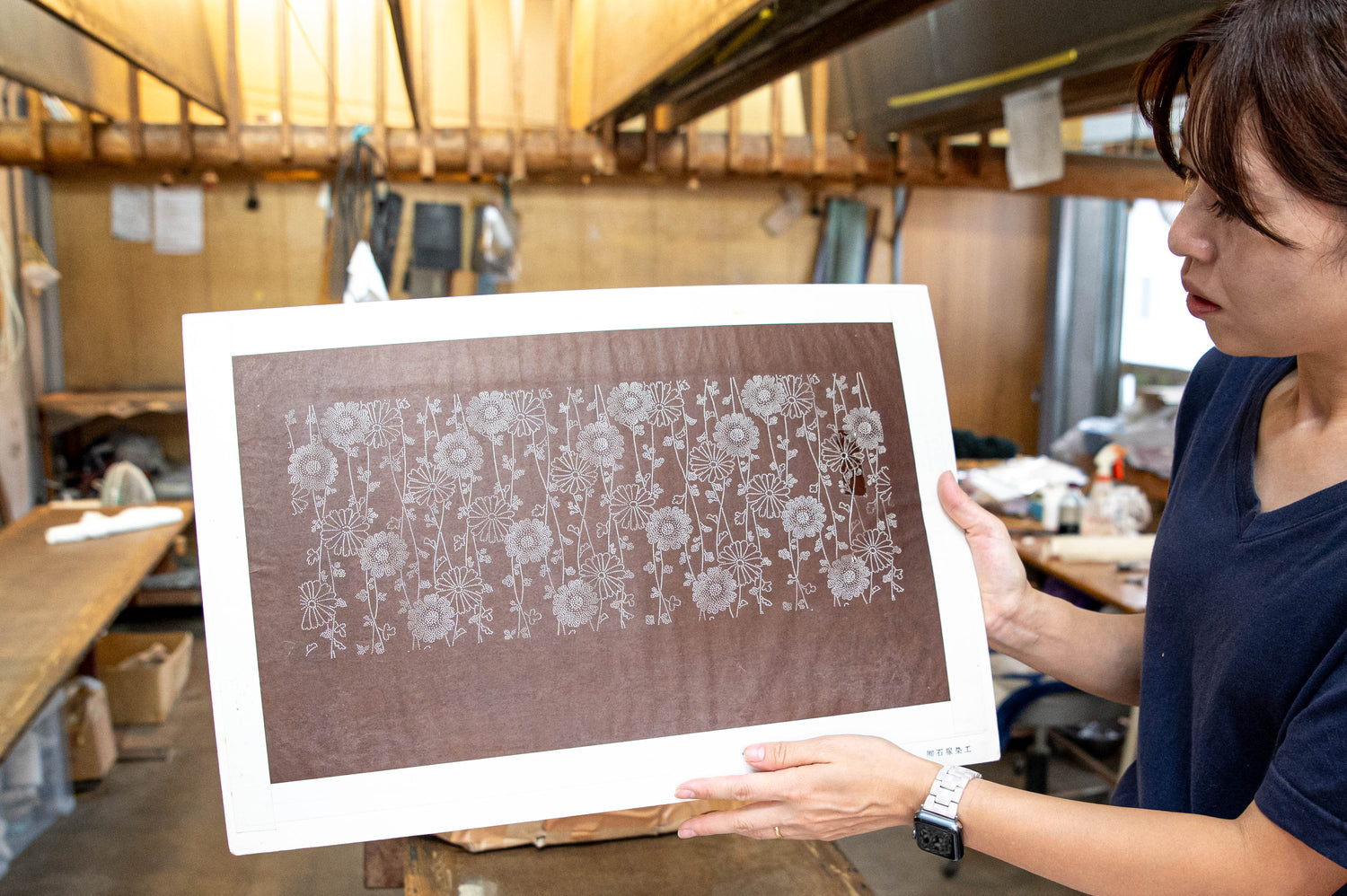
Kimono designs reflect the seasons.
For example, cherry blossoms motifs are popular in early spring, a while before the cherry actually blooms, while maple leaves and chrysanthemums are worn in early autumn, just before you can see it in nature, to enjoy the waiting for the season.
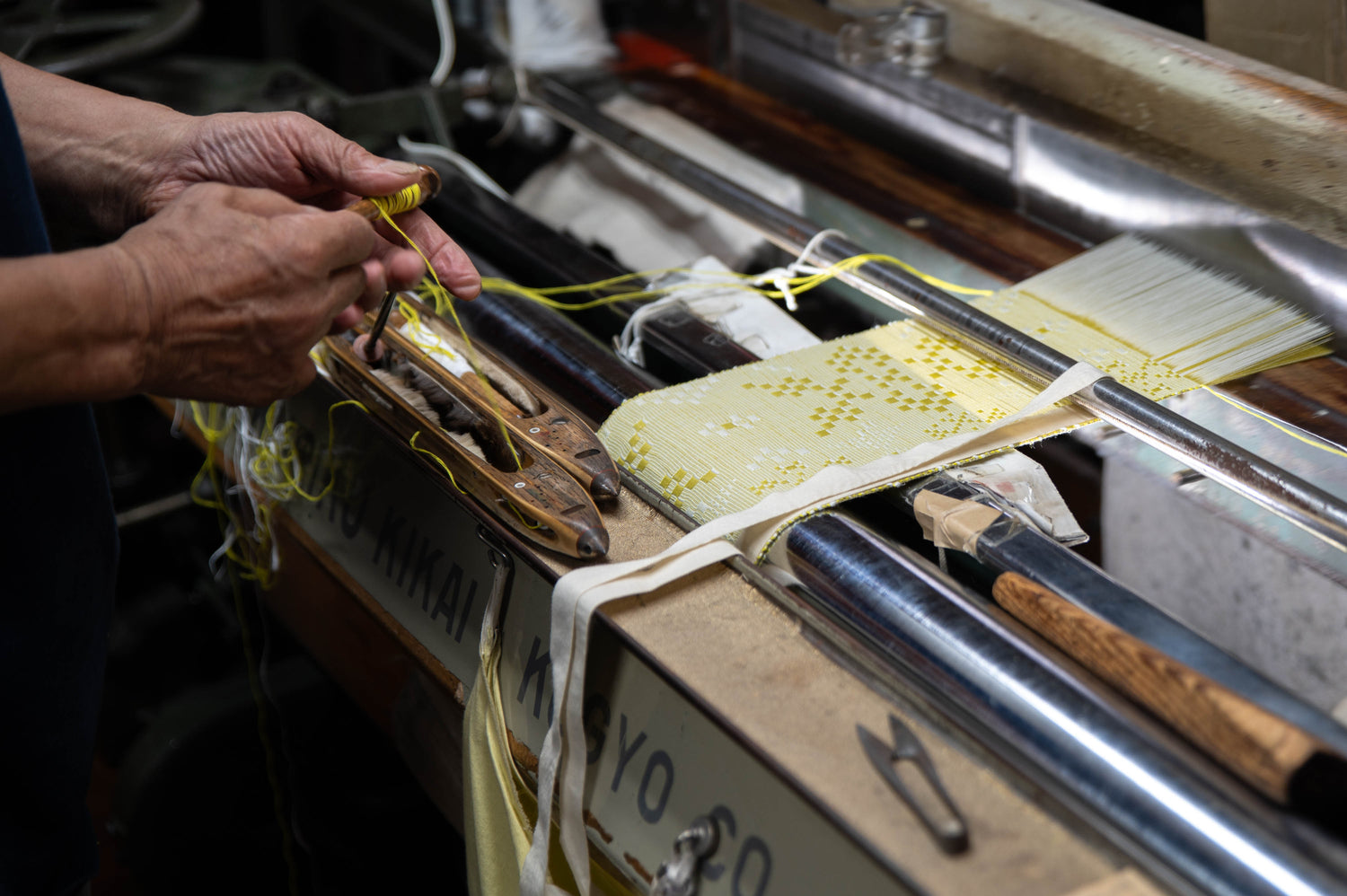
Colors and patterns on kimono can have symbolic meanings.
For example, a crane design symbolizes longevity and good fortune, while a tortoise shell pattern represents longevity and strength. It is believed that you can influence your daily life by using particular pattens and colors.
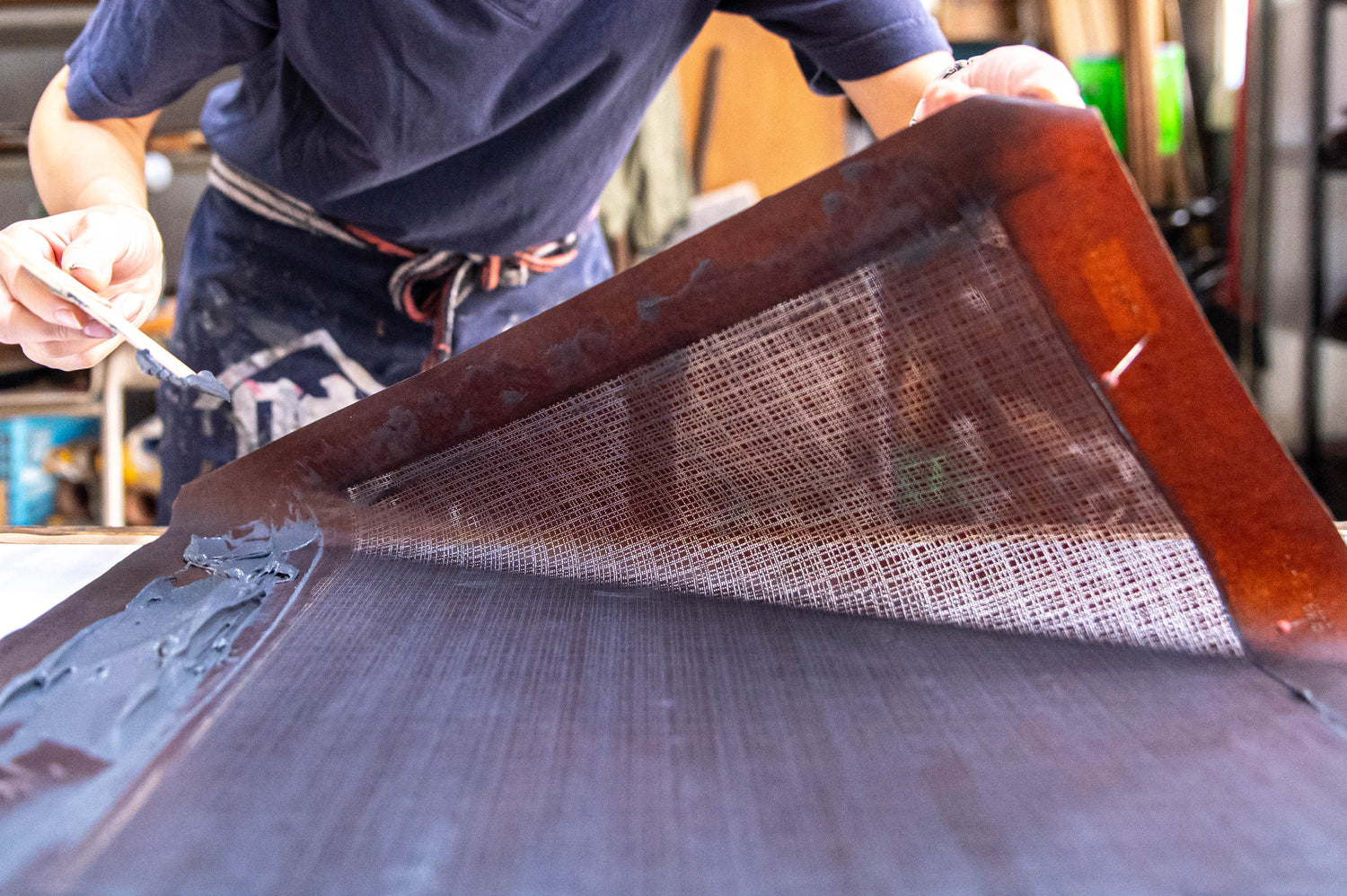
Creating a traditional kimono is a labor-intensive process taking months to complete.
Kimono and obi belt designs are often hand-painted or dyed or hand-weaved onto the fabric. A single kimono can take from several months up to a year to create.
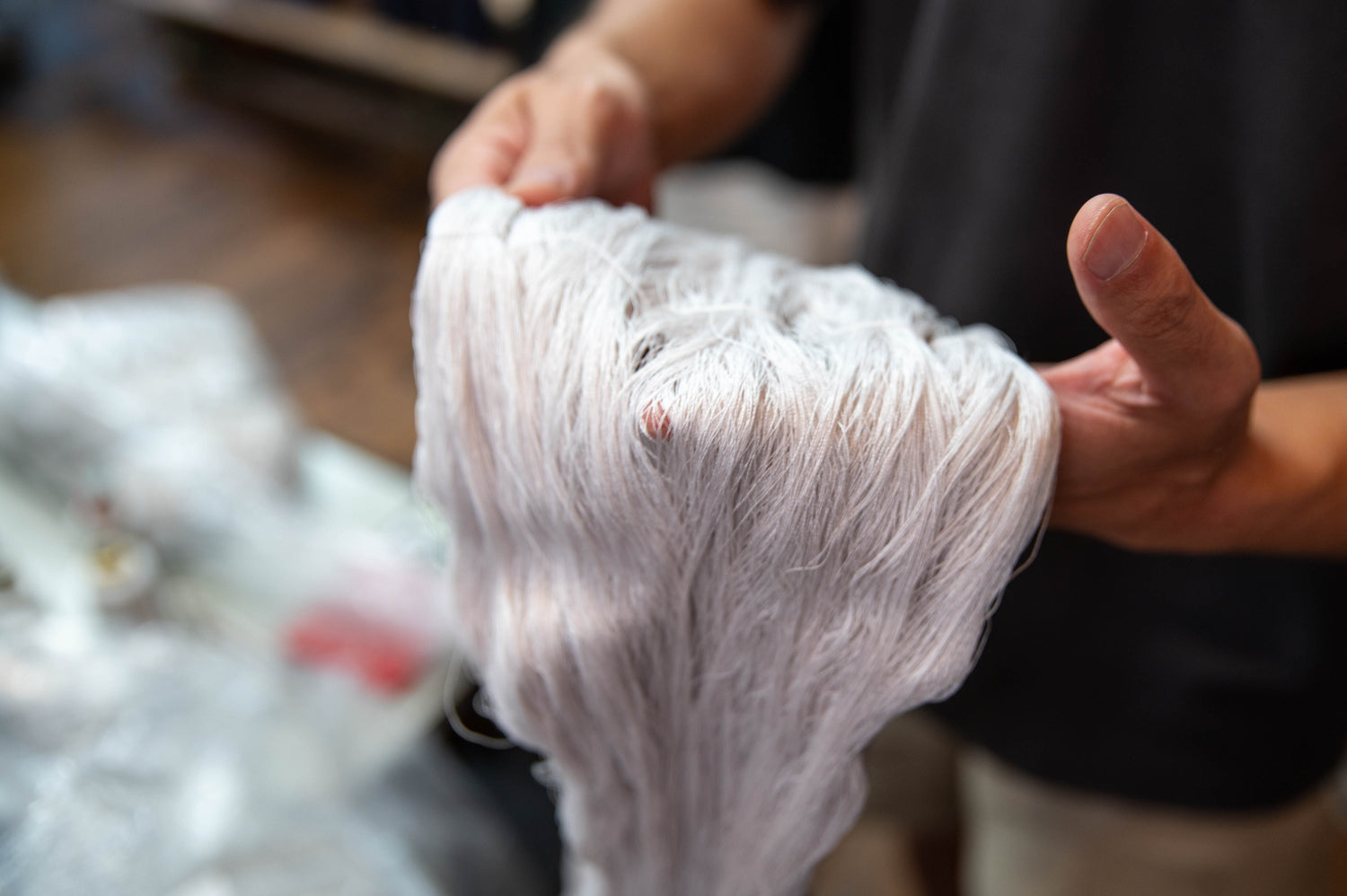
Antique kimono are different from the modern ones.
Silk threads are mostly imported from China recently, while antique kimonos use made-in-Japan materials. They are much softer to touch and are much better quality, that lets antique kimonos stay in a good condition for decades.
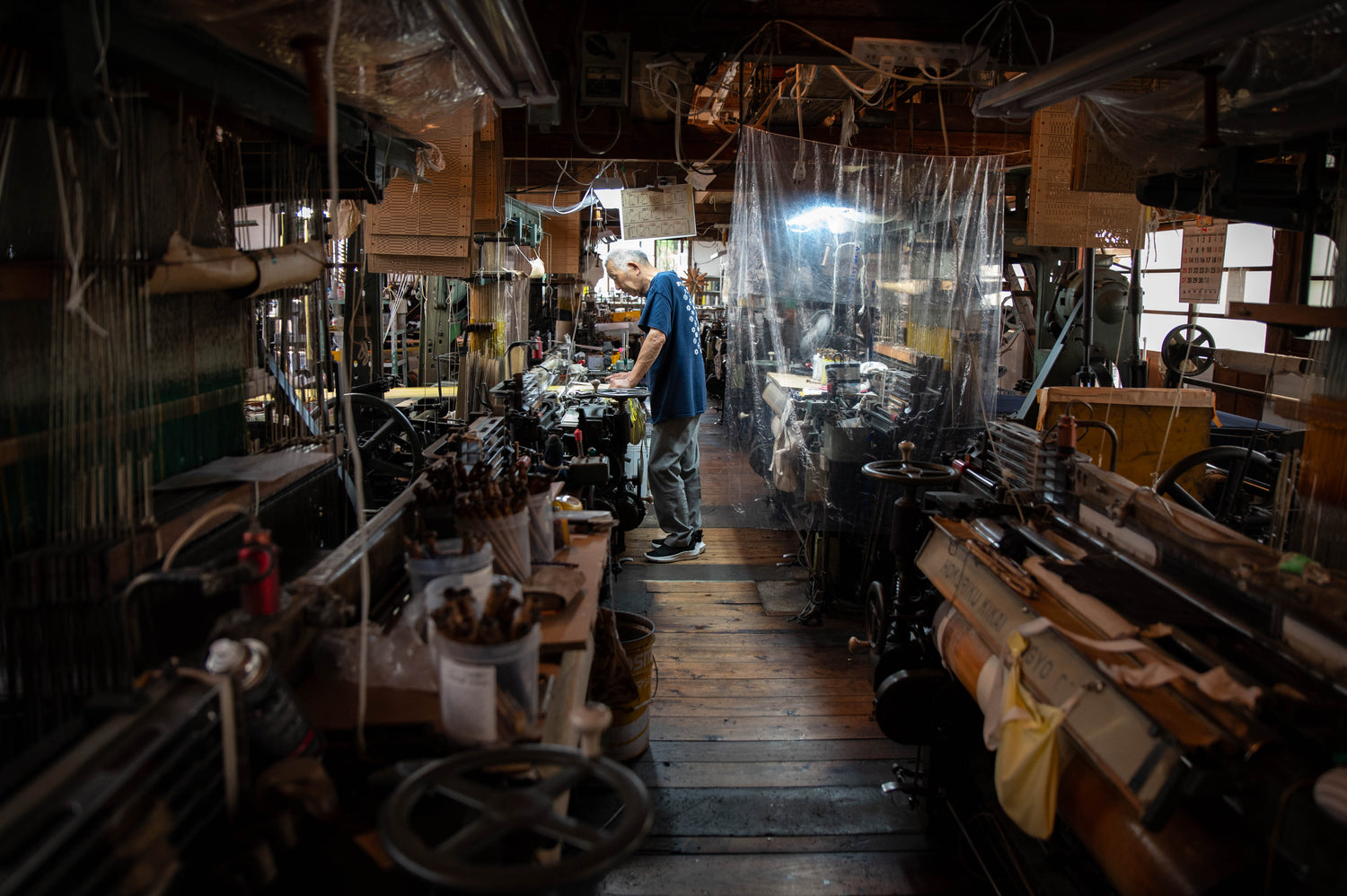
Kimono is a disappearing kind of traditional art.
With modern life shifted almost 100% to using western clothes, kimono production, as well as artisan culture such as dyeing, weaving, painting and embroidery, is loosing its’ positions. Re-purposing kimono is one of the ways we can preserve the art and keep the traditions for future generations.
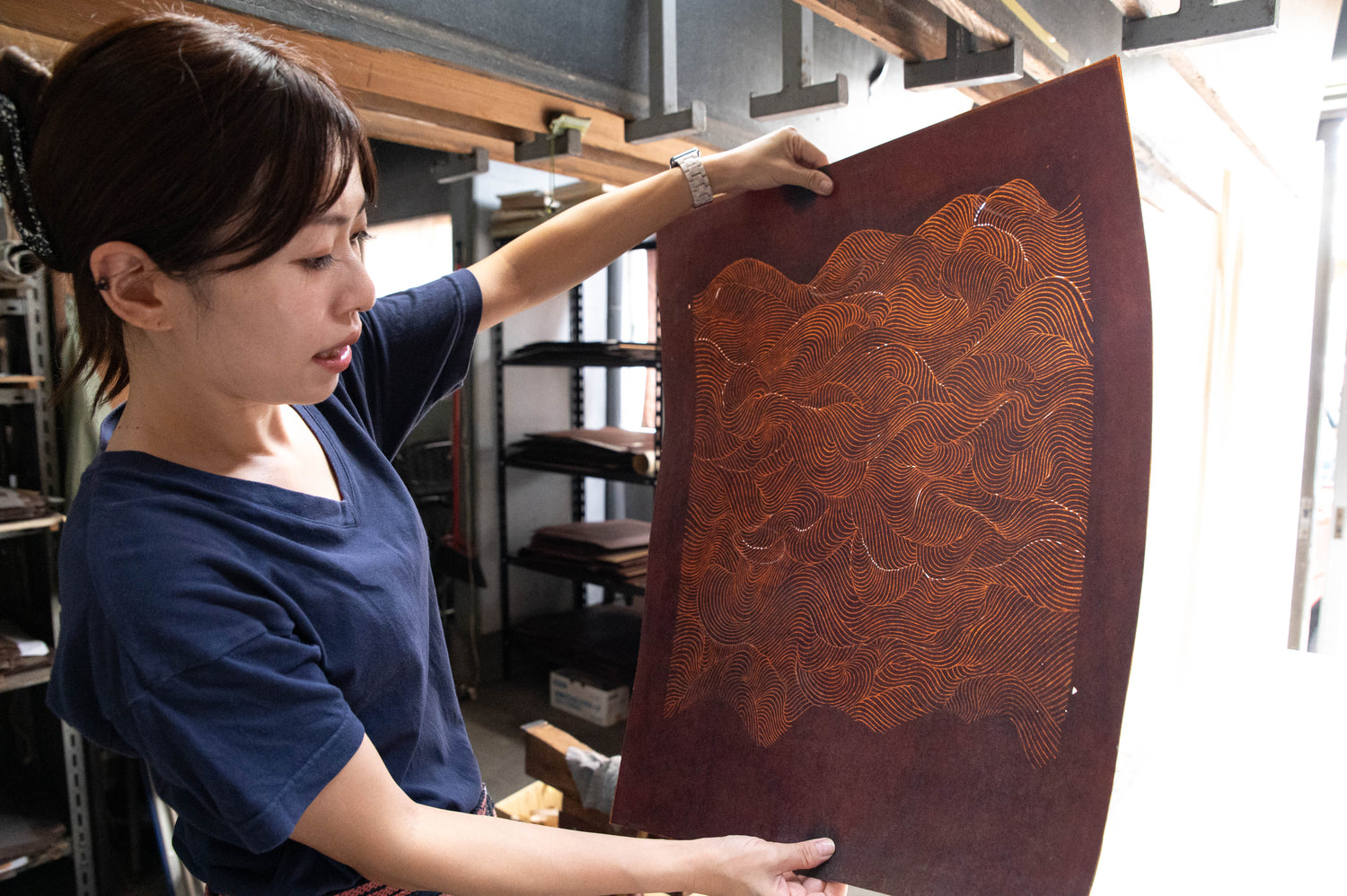
Lining can be even more beautiful in kimono.
Beginning from the 17th century, the laws prohibited ordinary people to wear luxury clothes, so the beautiful parts like painting and embroidery moved from outside to the linings. The tradition is alive till now, transforming into “uramasari” - the culture of being “secretly incredible”, showing the luxury briefly when the wind opens the hem for example.
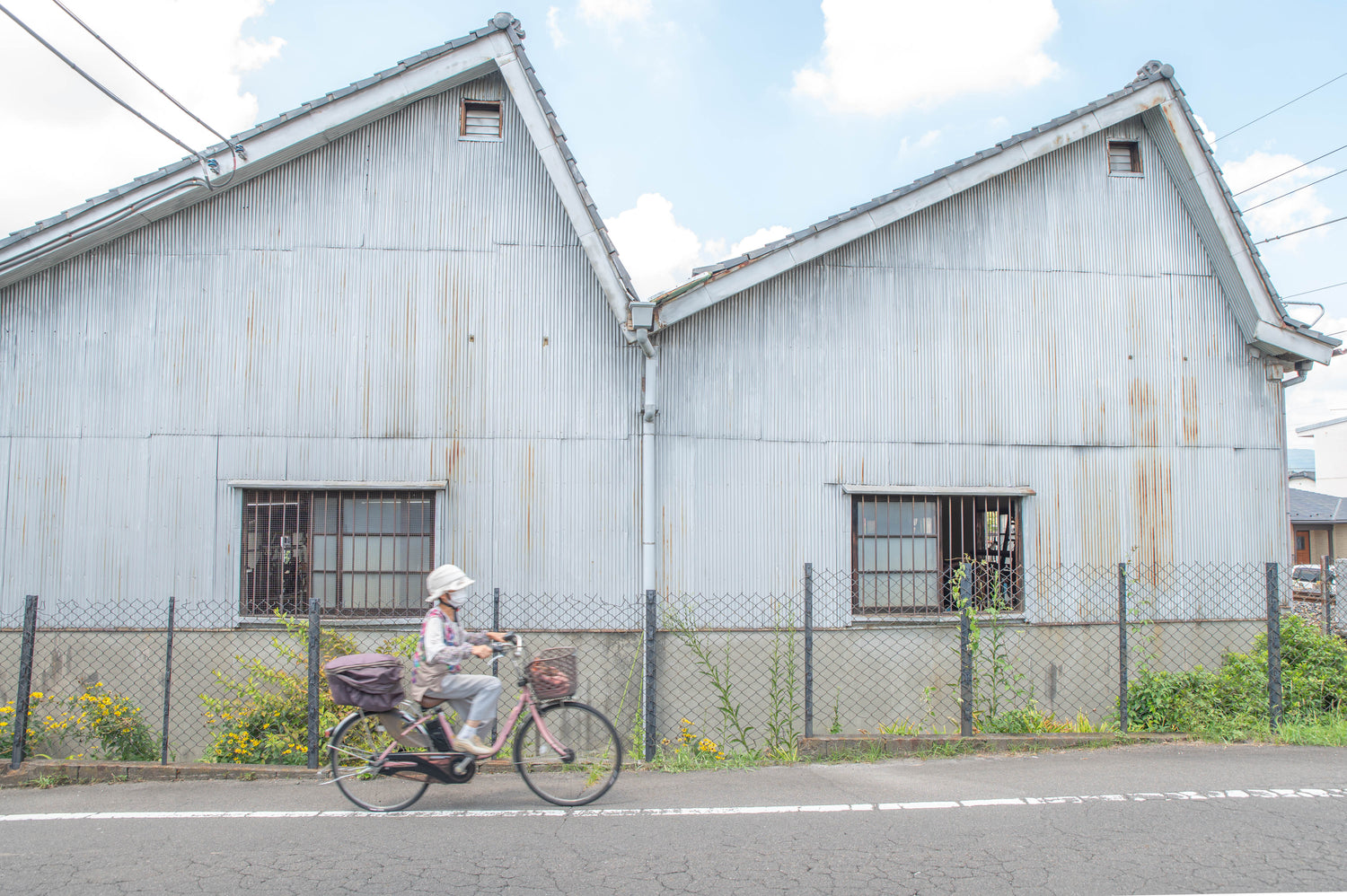
Every small detail is meticulously important in kimono making.
Even the sunlight during weaving and dyeing process is regulated, so the roofs of the craft centers have a specific shape - in order to filter the light.
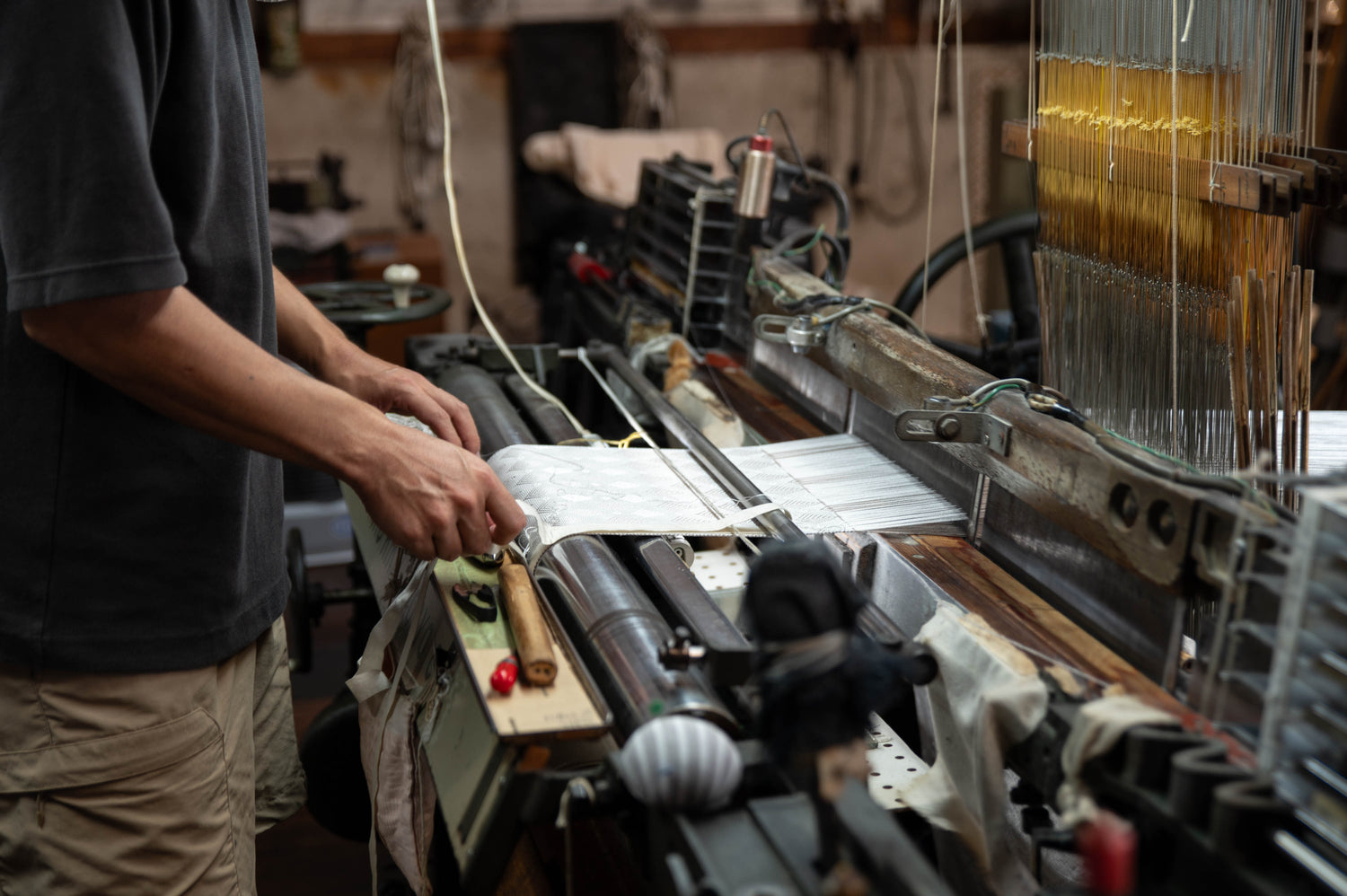
As there are no limits to kimono styling, there is also no limit to kimono pricings.
A hand painted silk kimono from a famous artist can cost more than $30,000. Some antique pieces can include golden and silver threads as a material, and labour-consuming techniques like shibori tie-dyeing, which makes the prices much higher.
